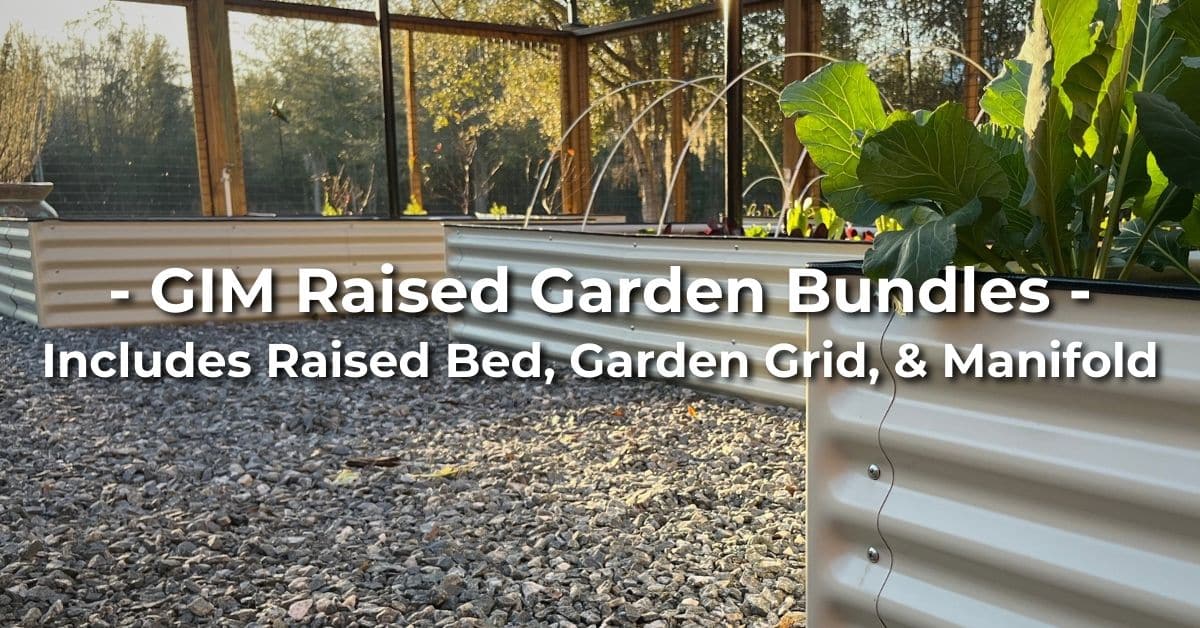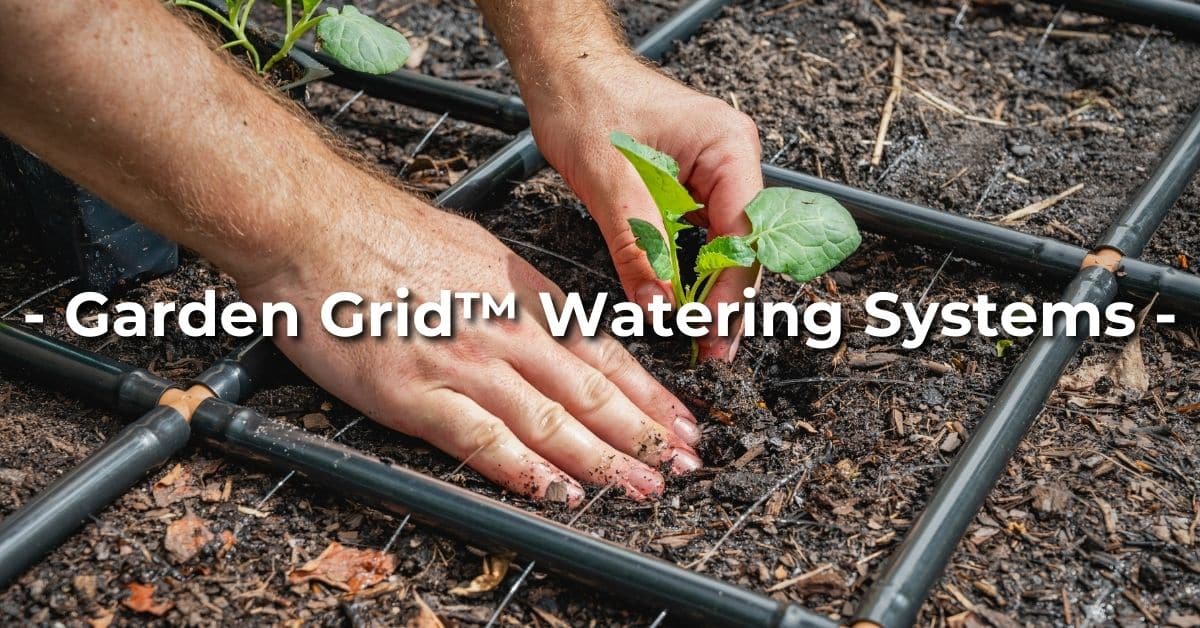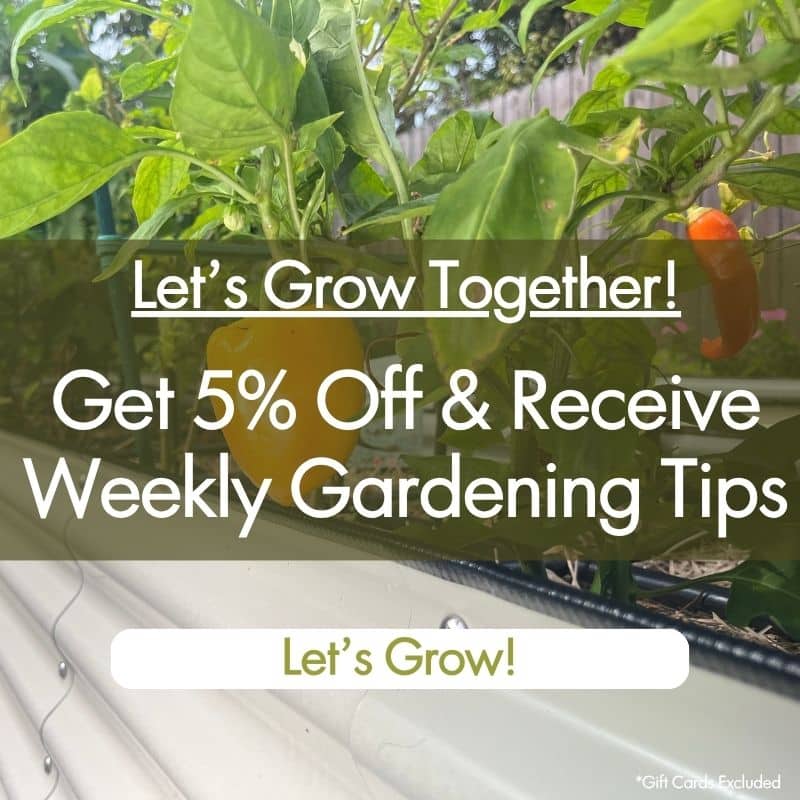Hey there, fellow gardeners! I’m Bryan, co-founder of Garden In Minutes®. With over 12 years of gardening experience, I’ve had my fair share of learning moments. Along the way, I’ve made a few mistakes, and I’ve seen other gardeners fall into the same traps. That’s why I’ve put together a list of the five most important raised bed gardening mistakes to avoid (#4 is one I know all too well). My goal is to help you grow a better garden, enjoy bigger harvests, and sidestep the frustrations that can come with these common pitfalls.
Raised garden beds are incredible—they offer better soil control, easier maintenance, improved drainage, and added style to your yard. But to truly enjoy these benefits, it’s important to avoid some common mistakes. Here are the top five you need to know (and stick around for a bonus tip at the end).
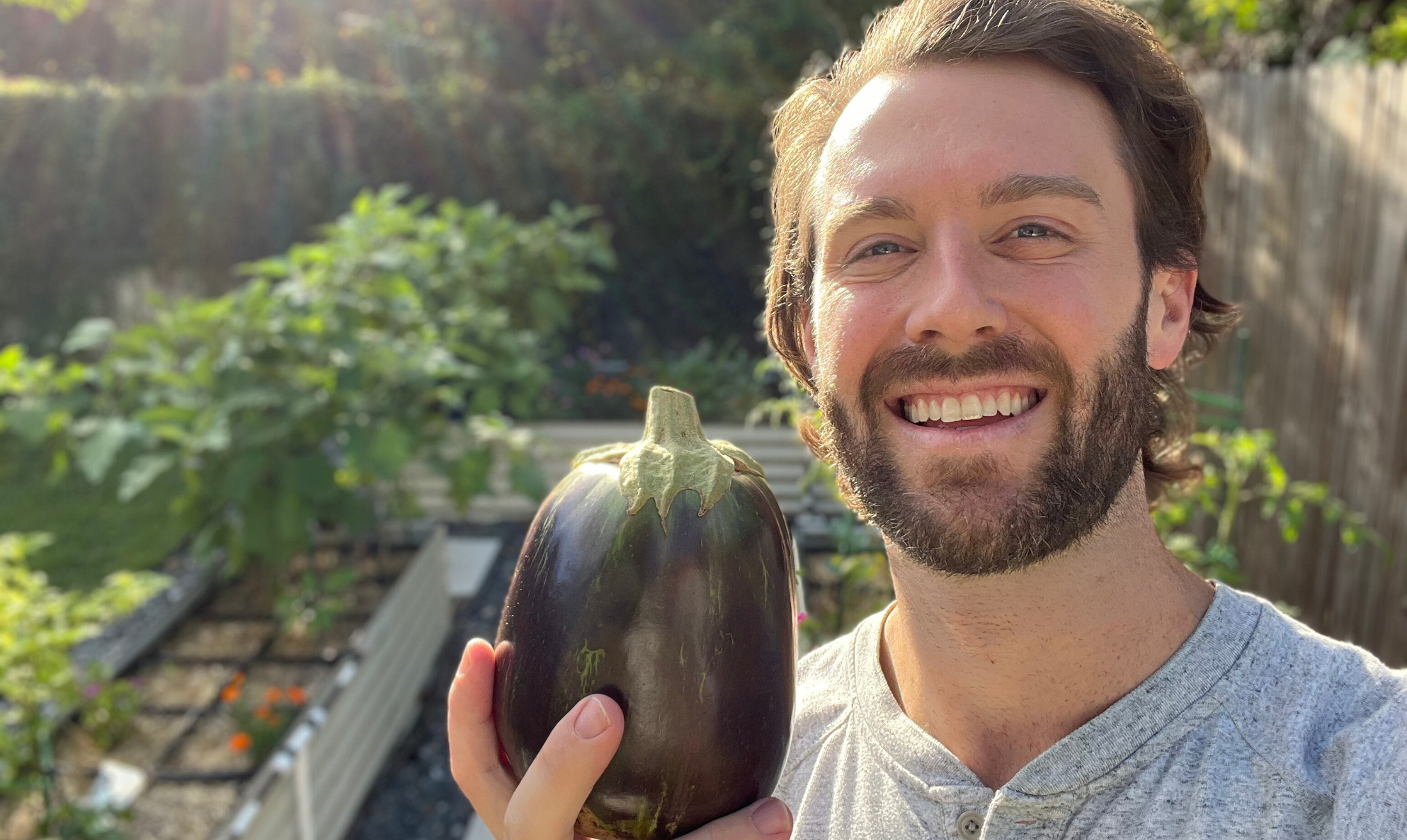
Bryan, Co-Founder at Garden In Minutes®
Mistake #1 – Making a Garden Bed Too Wide To Reach the Middle
One of the most common mistakes I see is gardeners building their beds too wide. I’ve avoided this one, but I know how tempting it can be to think bigger is better. However, if your bed is too wide for you to comfortably reach the middle, you’ll need a pathway through the middle to walk through it or you’ll need to carefully step between plants to reach everything. A pathway through your garden bed takes away from your planting area (so why make it that wide to begin with?) and stepping into your garden area between plants can damage roots and also compacts the soil (which can make rooting harder for plants).
Why This Happens:
It’s easy to assume that more space means more plants and a bigger harvest. But in a raised bed, you should be thinking about growing by area, not by rows. Traditional row gardening lets you grow in an area as big as you want, but it requires a large percentage of that space for walking/machines to access everything. If you eliminate rows you will have a lot more plants growing in a much smaller area, but you need to ensure that you can still reach all of them for care and harvest.
Also keep in mind, it’s not just about being able to reach the middle of your garden bed at soil level. Many plants grow several feet tall, and if they grow taller than you, reaching them in the middle of your garden bed will get harder the higher you need to reach.
What to Do Instead:
Keep your raised beds to a width of 4 feet or less. This width allows nearly anyone to reach the middle of the bed from either side, without stepping into the garden or wasting valuable growing real-estate with a walking path. You can grow more in (1) 4×8 Raised Garden than in a (1) 5×8 Raised Garden that needs an 18″ path down the middle. Plus a 4×8 saves you soil and materials compared to a 5×8. You’ll notice all GIM™ raised garden beds and Garden Grid™ watering systems are sized with this in mind. We want you to enjoy growing in our gardens… and a big part of that is being able to reach everything you grow.
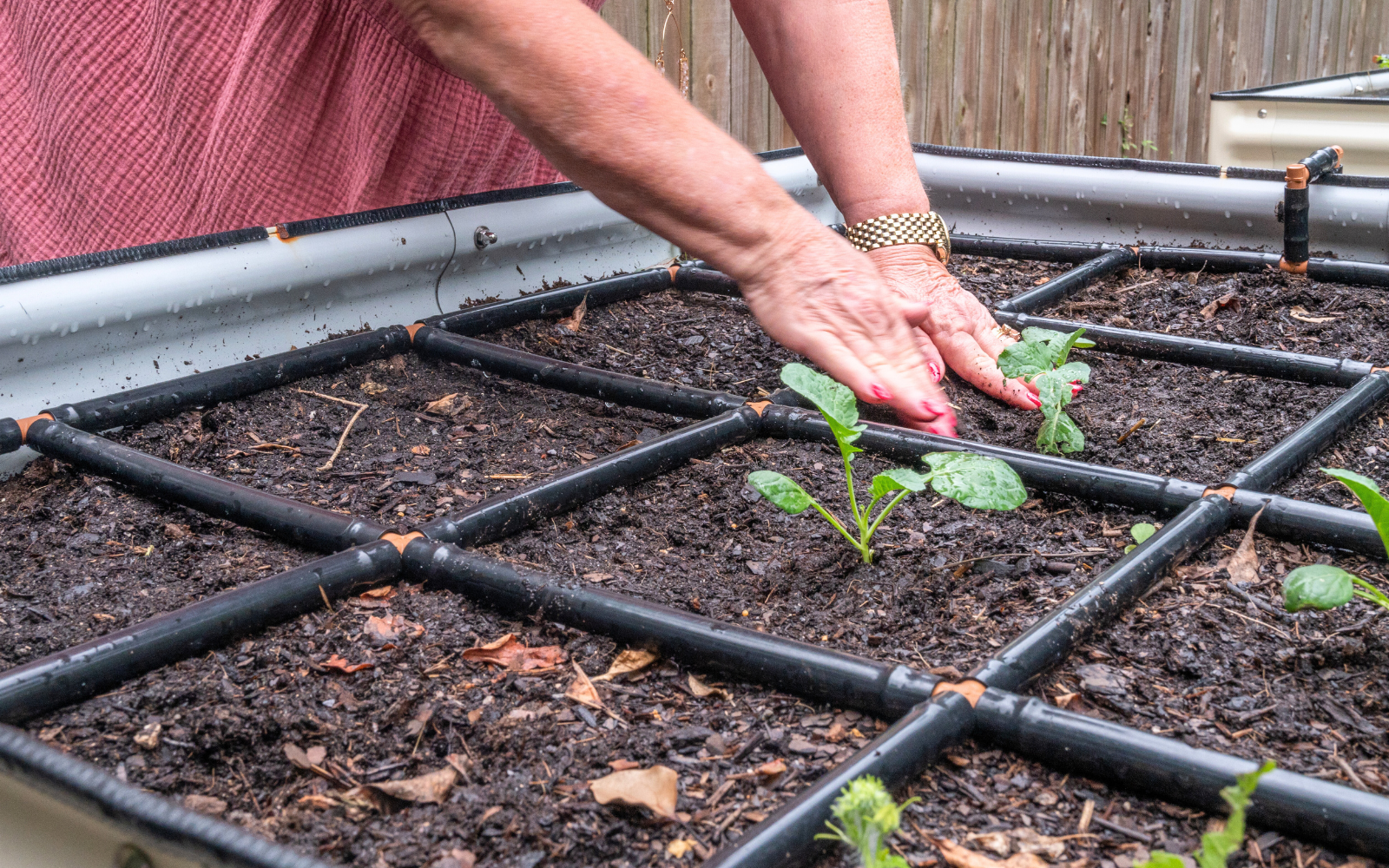
Your garden bed can be as long as you want, but to reach plants easily, ensure it’s no more than 4ft wide.
Mistake #2 – Placing Your Garden Bed in the Wrong Spot
Choosing the right spot for your garden bed is crucial. Early on in my gardening journey, I learned the hard way that location can make or break your garden. Placing your bed in a less-than-ideal spot can lead to poor plant growth and disappointing harvests.
Why This Happens:
When you’re excited to start gardening, it’s easy to overlook the importance of location. But plants need the right amount of sunlight, proper drainage, and protection from harsh winds to thrive. If your bed is in a spot that’s too shady, too windy, or prone to poor drainage, your plants will struggle.
My very first garden was placed in an area of my yard that I came to realize only received 3-4 hours of direct sunlight per day. Most plants need 6 or more and many prefer 8+. So needless to say, not a lot grew in my first garden.
What to Do Instead:
Choose a sunny spot that drains well for your raised garden bed. Most vegetables and flowers need at least 6-8 hours of direct sunlight each day. So, find a location that gets plenty of sun throughout all of your growing seasons. Determine this by finding a spot in your yard and recording when sunlight first and last hits it. Alternatively, you can use a 21st century ‘garden hack’ that I used: quickly scroll through the past few days of Ring camera footage of your yard to see where the sun hits the most.
If you live in a hot climate, consider a spot that gets morning sun and afternoon shade to protect your plants from the intense afternoon heat. Ensure that the ground is level or make adjustments to promote even water distribution. Also, leave at least 2-3 feet of space around each raised bed for easy access and maintenance.

GIM™ 2×10 and 4×8 Raised Garden Bundles getting their last rays of sunlight before the end of the day.
Mistake #3 – Not Feeding Your Soil Life
Healthy soil is the foundation of a successful garden, but it’s something I didn’t fully appreciate when I began to garden. I thought “I have soil, sun, and water, that’s all I need to feed and grow my plants”. I was almost right, except soil is not a static thing. It’s full of life that needs nurturing. If you don’t feed the life in your soil, they won’t be able to help feed your plants.
Why This Happens:
It’s easy to focus on the plants above ground and forget about the life below it. Soil microbes, worms, and other beneficial organisms play a crucial role in keeping your soil healthy and your plants thriving. Neglecting to add compost, organic matter, and/or fertilizers will lead to decreased soil life, nutrient deficiencies, and poor soil structure
What to Do Instead:
Add compost and organic matter regularly, and fertilizers periodically, to enrich your soil. If you have your own compost, add and mix it into your soil as it becomes ready (basically, try to keep your soil level at a consistent height in your raised bed by adding compost). If you purchase compost, adding some at the change of each season is a good cadence to follow. Fertilizers are not always necessary, especially if you’re good about adding compost and organic matter (like mulch). Getting your soil tested once a year to see if there are any glaring deficiencies that fertilizer can quickly solve is a good practice to determine its need.
Next, mulch your beds to help retain moisture and improve soil structure. Straw is a great option, you’ll see it used often in our gardens (such as the picture below) when we have a lot of exposed soil.
Lastly, and most importantly, make sure to keep all of your garden bed soil moist—not just the top layer or specific spots. Consistent moisture is key to supporting soil life. This is one of the main reasons we designed the Garden Grid™ to water your entire garden bed, and not just small spots like drip lines & soaker hoses do. Watering every inch of soil helps soil microbes and beneficial soil life, like worms, thrive on the compost and organic matter in your soil, which means they’ll provide more nutrients for your plants to enjoy.

Care for your soil. This GIM™ Raised Garden had a lot of exposed soil after planting these seedlings. So, we protected it with straw mulch. In the coming months, the mulch will break down, providing nutrients to the soil and a food source for our soil-life to enjoy
Mistake #4 – Trying to Grow Too Many Different Plants at Once
This is one mistake I’m very guilty of. When I first started gardening, I tried planting anything and everything that sounded interesting to me. I grew 3 types of tomatoes, cucumbers, pole beans, bush beans, two types of basil, oregano, jalapenos, bell peppers, habaneros, swiss chard, and spinach – in two 4×4 raised gardens. This quickly became overwhelming, I only had a small amount of each type of plant to enjoy, and not knowing how to care for so many different types of plants led to a less productive garden. Even today, it’s an urge I have to manage. There are so many plants to grow!
Why This Happens:
Starting a new garden or even new growing season is exciting! There’s so much possibility. I like hot peppers and sweet peppers. I like cherry, beefsteak, and roma tomatoes. I like eggplant, corn, okra, collards, onions, carrots, green beans etc. etc. etc. Point being… it’s easy to get carried away with the variety of plants you can grow, especially when you’re just starting. Different plants have different needs (tomatoes need good airflow, carrots not so much), some need lots of neighbors to pollinate (like corn), and some may shade other plants too much (tall eggplant casting shadows on sun-hungry peppers). Trying to manage all these different needs and nuances in a garden can be challenging and often overwhelming, especially when first starting out.
What to Do Instead:
Start with less variety. Focus on a few types of plants and expand your variety gradually as you gain more experience and success. You’re going to make mistakes in your garden and not everything you plant will thrive. I still make mistakes to this day and I probably will forever. But that’s part of it, gardening can’t be perfect. So, give yourself an easier time with an easier garden to care for. Choose a few vegetables that you know you’ll enjoy. Plant them, enjoy them, learn from the process, then decide what to add next. If you’re not sure what you can plant or when, we have planting calendars by growing zone along with a growing zone finder, available here.
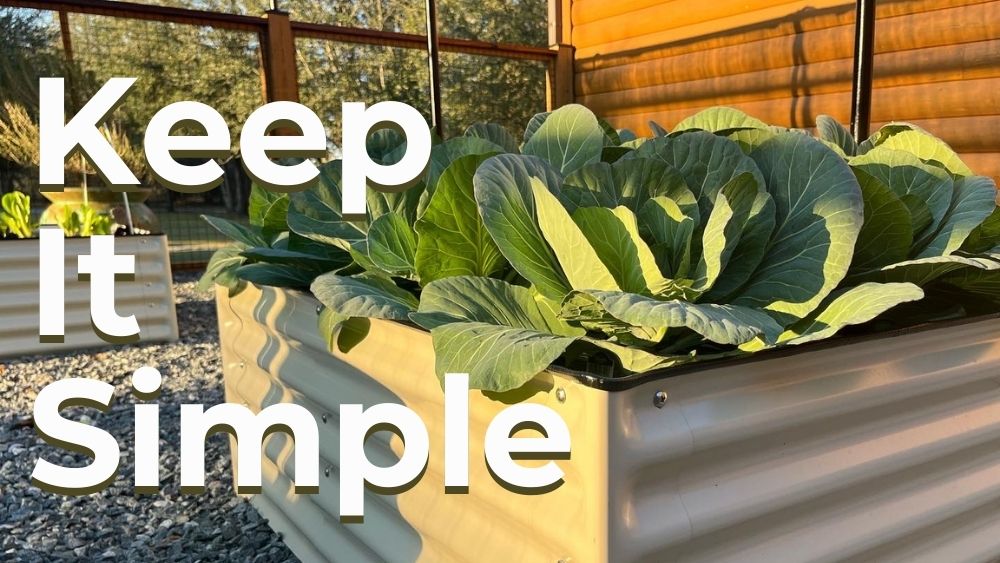
Even after 30 years of gardening, GIM™ co-founder, Theresa, keeps it simple in her raised garden beds. This one is only growing cabbage.
Mistake #5 – Erratic Watering
Watering your garden consistently is crucial, and while I’ve managed to avoid this mistake for the most part (I left my Garden Grids™ on overnight once…), I’ve seen plenty of gardeners struggle with it. Both overwatering and underwatering can harm your garden, and getting it just right can be tricky.
Why This Happens:
With raised beds, the excellent drainage they offer can sometimes cause the soil to dry out faster than you expect, especially in hot weather or during dry spells. On the flip side, overwatering in an attempt to compensate can lead to waterlogged soil, which deprives plant roots of oxygen and can cause root rot.
What to Do Instead:
Establish a consistent watering schedule, preferably in the mornings. This gives your plants the water they need to start the day and allows any excess moisture to evaporate, reducing the risk of disease. Aim to keep the soil consistently moist (not soggy) about 2 inches below the surface when plants are established. Two inches below the surface, your soil should feel like a wrung-out sponge. If you scoop some out it should stick together, but should not be dripping water. Here’s a video about this. Watering for about 10 minutes with the Garden Grid™ watering system is a great way to ensure that every plant in your garden gets the water it needs without any going thirsty or being overwatered.
Check your soil periodically to determine a good frequency for watering. For us in Florida, that means watering plants that are established for about 10 minutes every 2 days from June to September (assuming no heavy rain), October to May is usually 10 minutes every 3-5 days.
Hot and dry climates like Arizona, Texas, and California will need shorter gaps between watering. Cool and damp climates may need bigger gaps. One caveat to this is for seeds and seedlings. No matter where you are located, you will want to keep the top few inches of soil consistently moist until they establish strong roots. Here’s a video about that.

Water on a consistent schedule to keep moisture levels more consitent in soil.
Click to see our full plant spacing guide and plant spacing chart.


